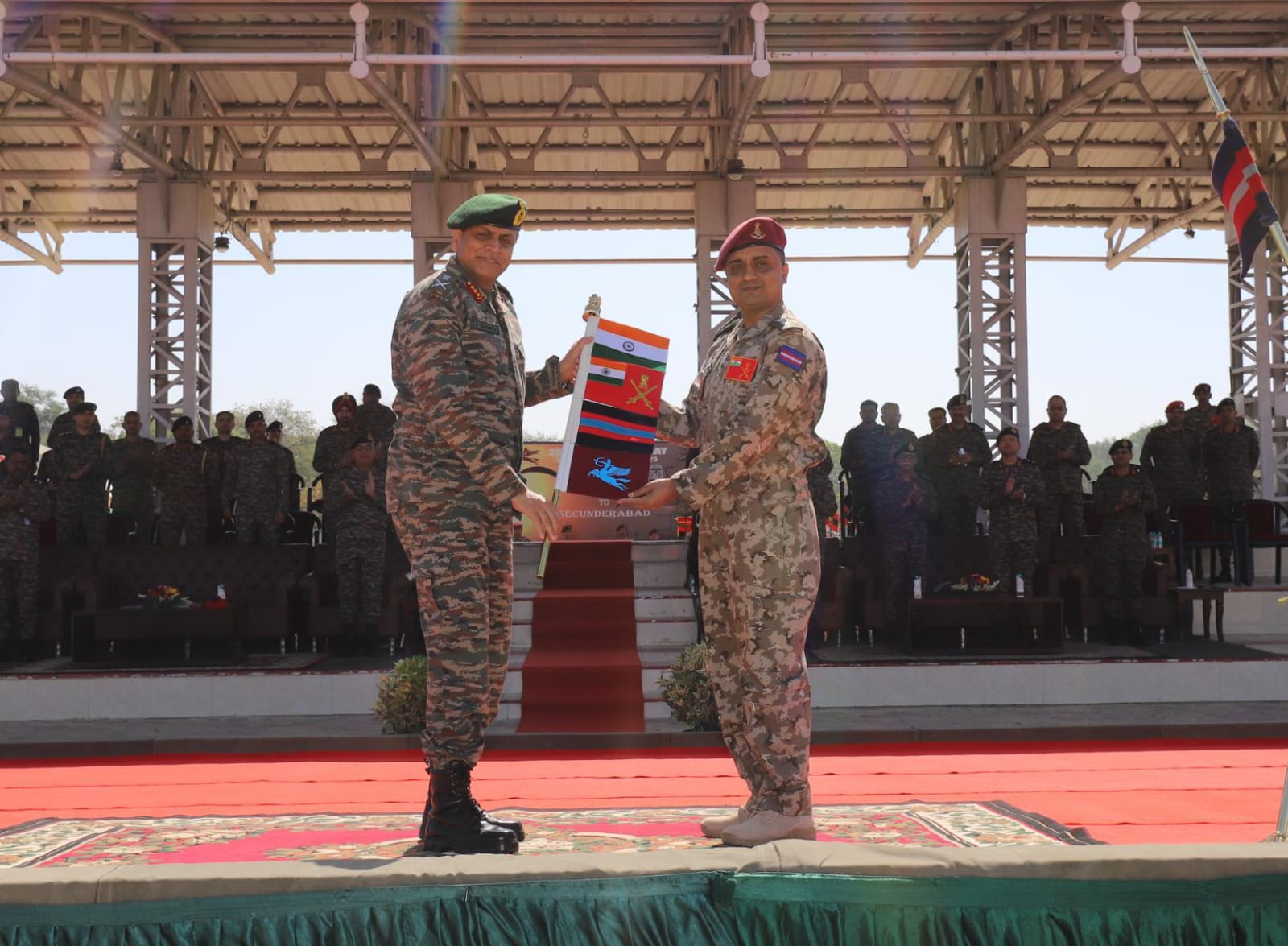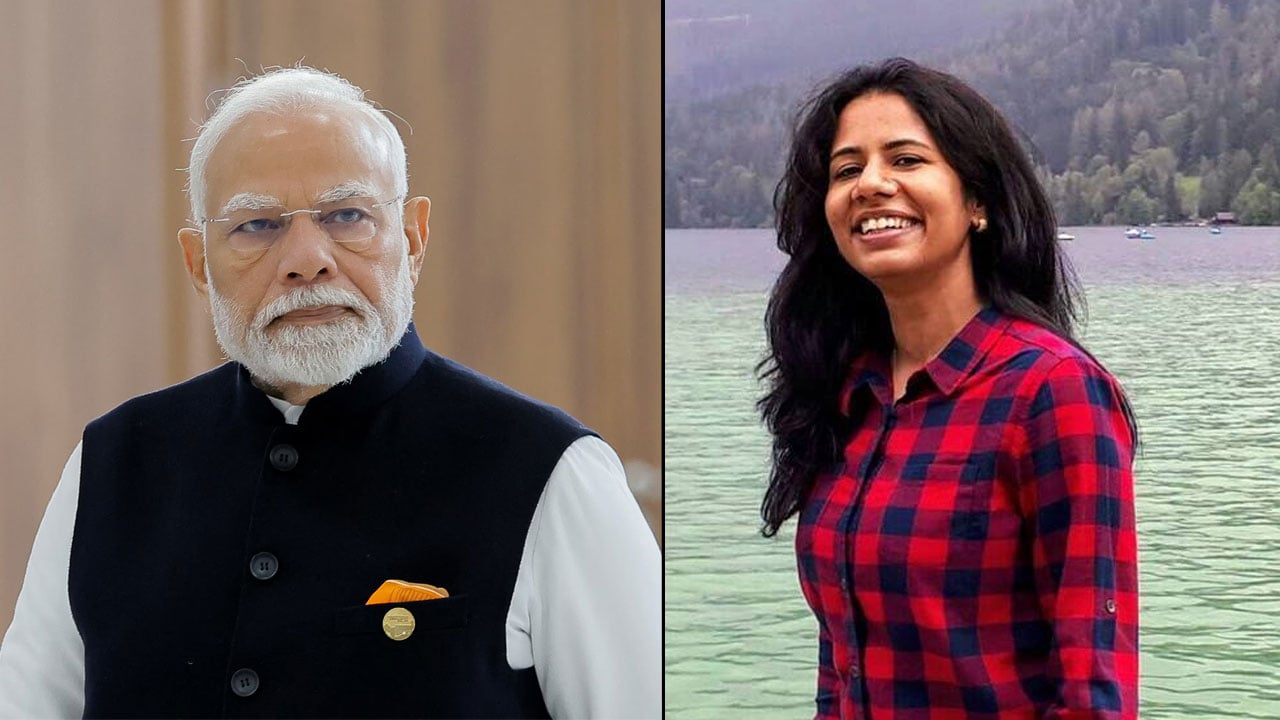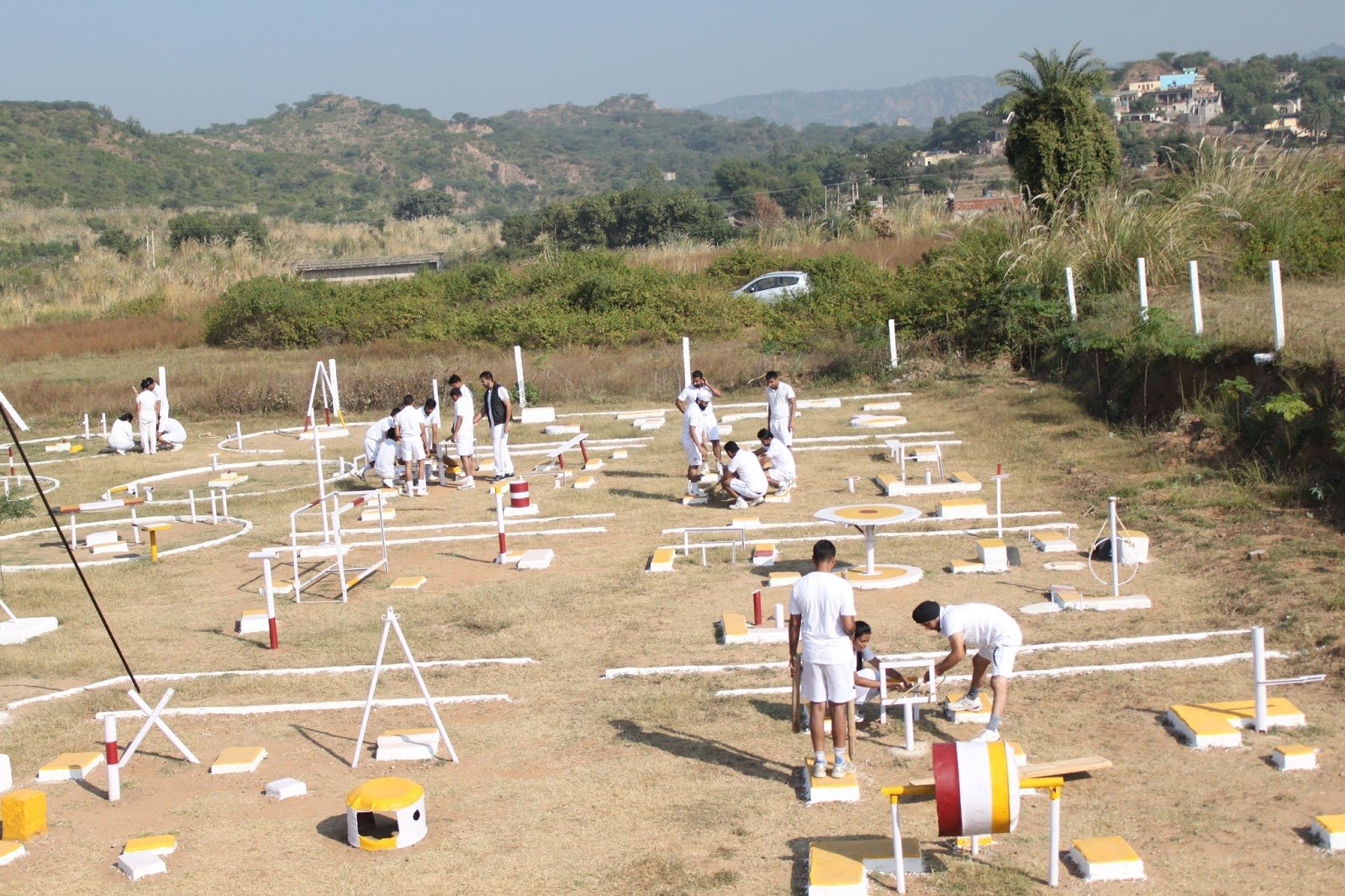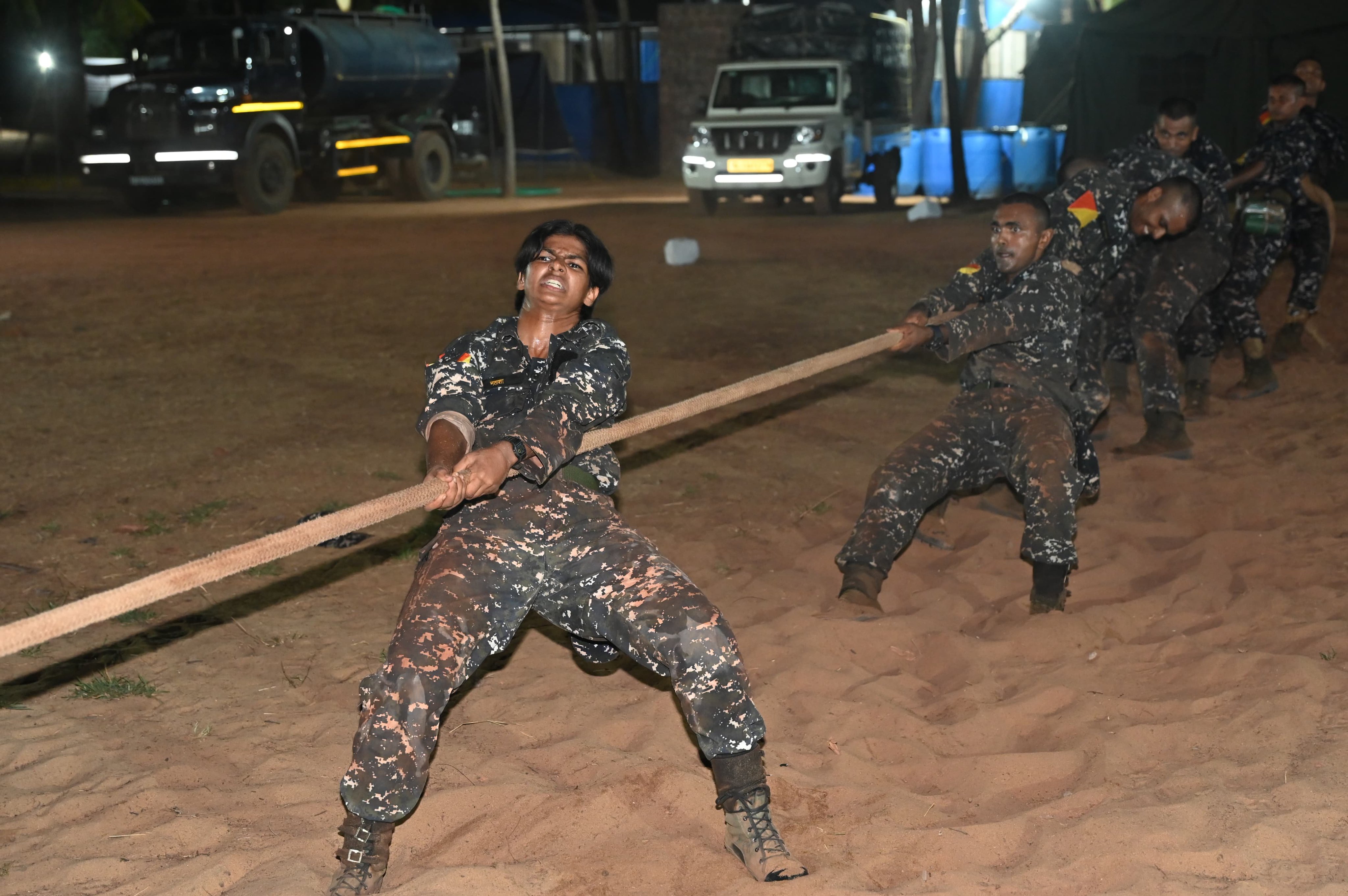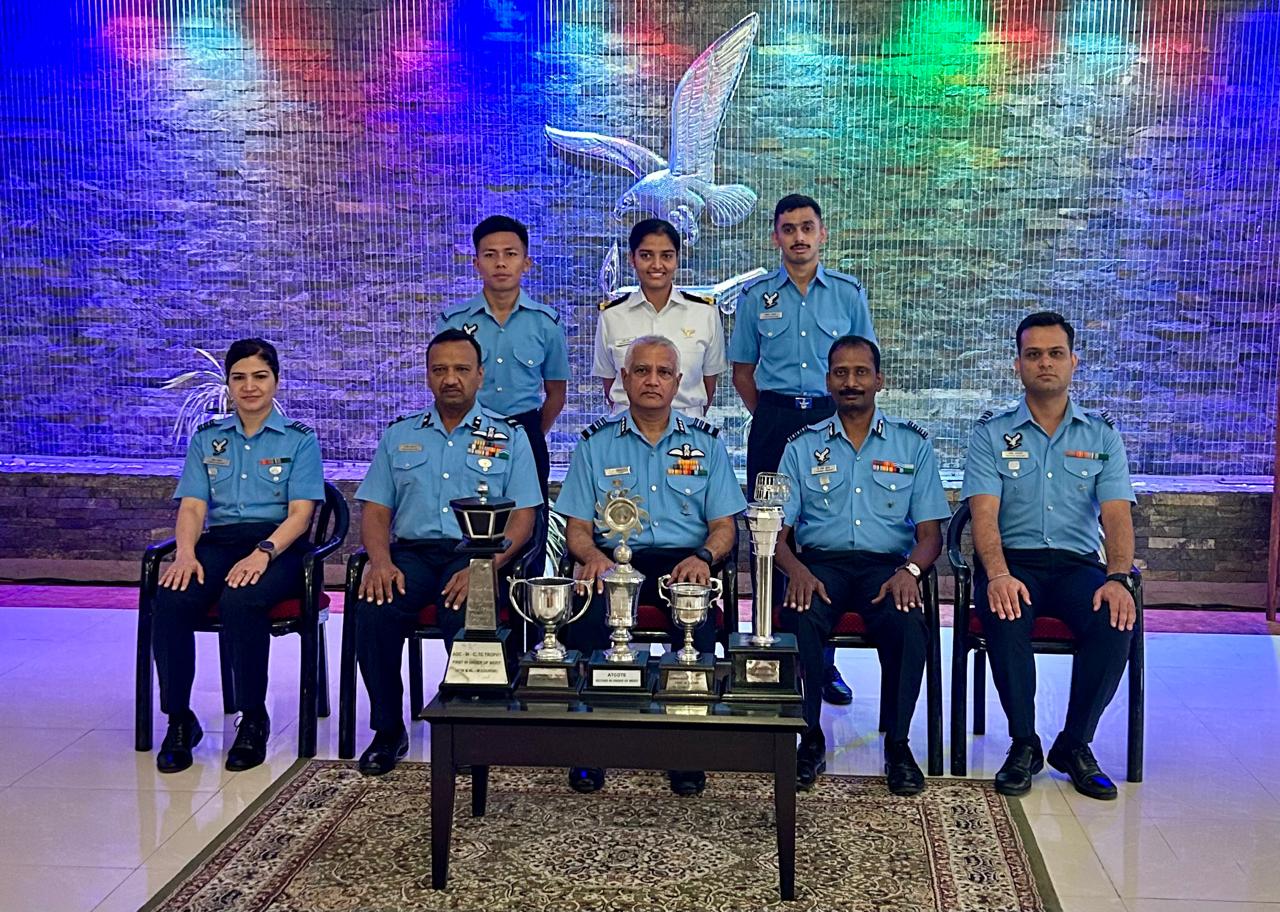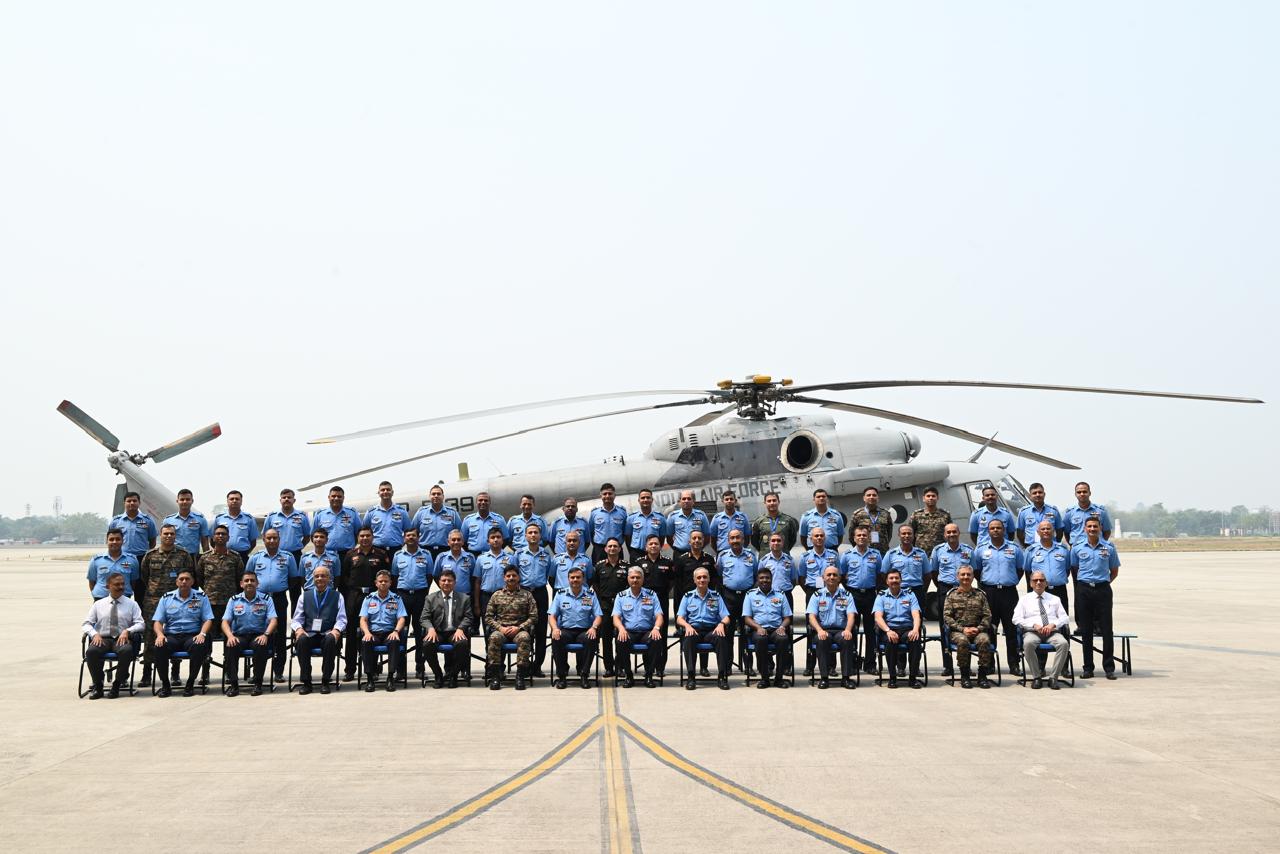Surya Tuskers of Shatrujeet Brigade Embark on Paramotor Expedition to Mark 250th Anniversary of Army Ordnance Corps
Lucknow, 31 March 2025: As part of the commemoration of the 250th anniversary of the Army Ordnance Corps (AOC), which…
IFS Officer Nidhi Tewari Appointed Private Secretary to PM Modi
In a significant development, Indian Foreign Service (IFS) officer Nidhi Tewari has been appointed as the Private Secretary to Prime…
7 Best SSB Coaching Academy In India 2025
The journey to joining the Indian Armed Forces is both thrilling and challenging. A significant component of this journey is…
Indian Naval Academy Successfully Conducted Outdoor Training Camp ‘Barracuda’
The Indian Naval Academy (INA) successfully conducted Outdoor Training Camp ‘Barracuda’ from 26 to 29 March 2025, with cadets from…
Graduation Ceremony of Air Traffic Control Courses Held at ATCOTE, Hyderabad
The Graduation Ceremony of the 150th Air Traffic Surveillance Services (ATSS) Course and the 113th Air Traffic Management & Air…
Conference on ‘Helicopter Operations in North East India’ Held at Air Force Station Bagdogra
A Conference on ‘Helicopter Operations in North East India’ was successfully conducted at Air Force Station, Bagdogra, from 28 to…

